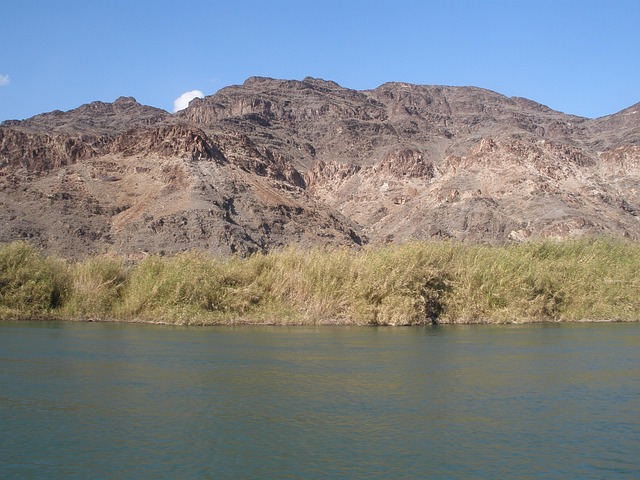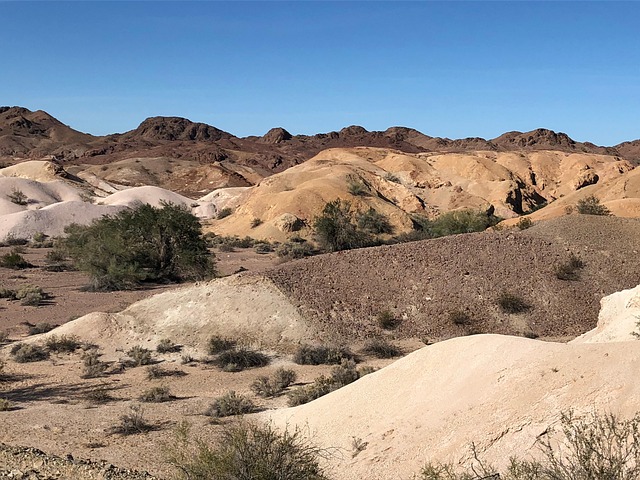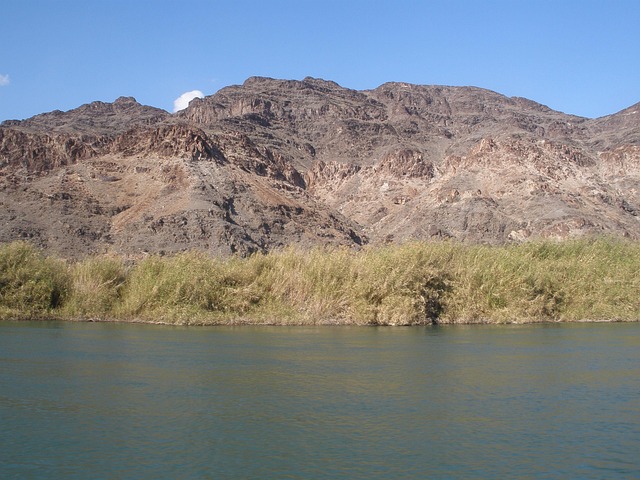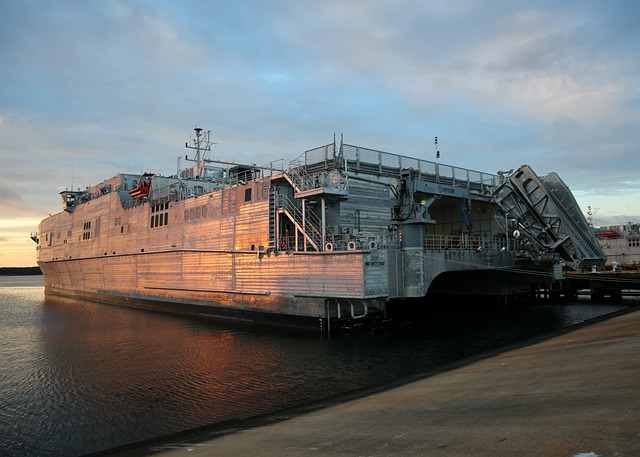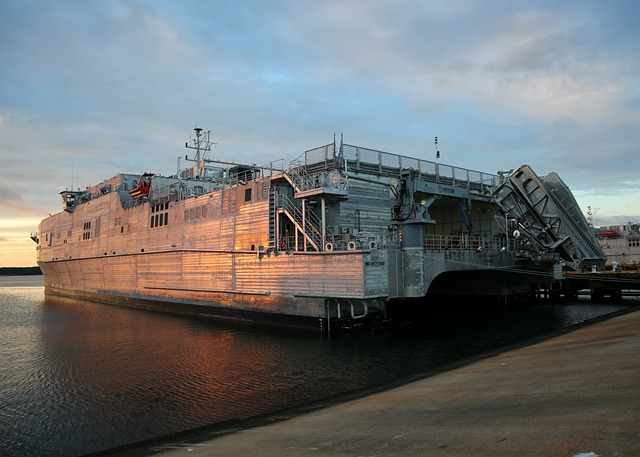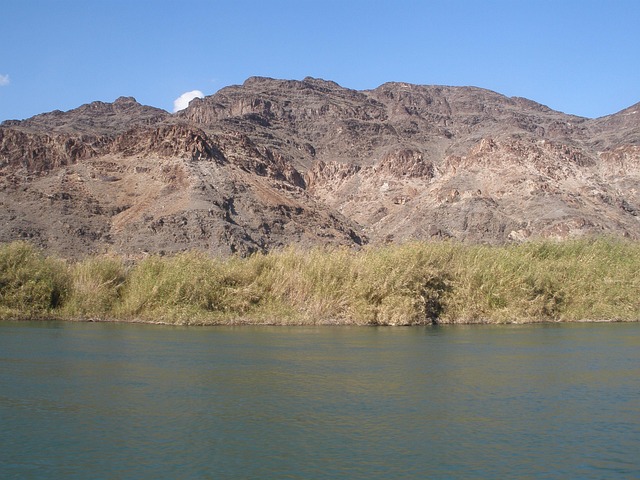The historic Colorado River crossing, a symbol of human resilience, has shaped real estate development along its banks for centuries. Its preservation balances modern needs with historical significance, attracting visitors and residents through blending contemporary design with regional heritage. Facing new challenges like water demands and urban growth, embracing sustainable solutions is crucial to secure the crossing's future as a dynamic hub in the Colorado River region's evolving landscape while catering to real estate needs.
Discover the iconic historic crossing on the Colorado River, a testament to human ingenuity and resilience. This strategic gateway has not only facilitated travel and trade but also shaped the very landscape of real estate. In this article, we explore its significance as a historical landmark, analyze the profound impact on local real estate development, and delve into the future of this vital crossing, navigating inevitable changes with an eye towards preservation.
A Historical Landmark: The River's Lifeline
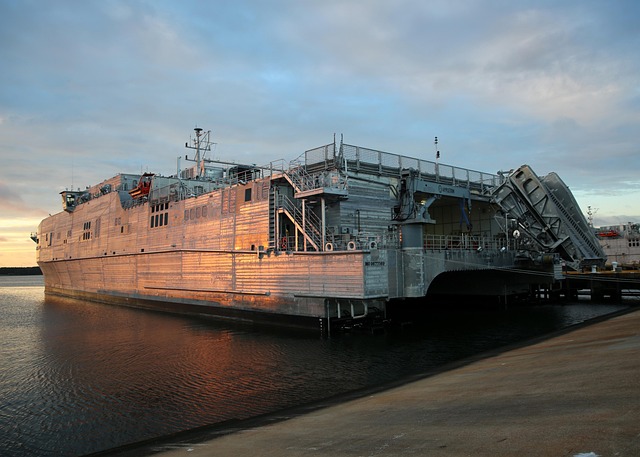
The historic crossing on the Colorado River stands as a testament to humanity’s enduring spirit and ingenuity. This strategic point has been a lifeline for centuries, facilitating trade, migration, and cultural exchange along its banks. In terms of real estate, the river has played an indispensable role in shaping communities and economies, offering both a challenge and an opportunity for settlers.
For early explorers and settlers, navigating the Colorado River was a crucial step towards establishing permanent settlements. The river’s current and vast expanse presented a formidable obstacle but also provided access to life-giving water and fertile lands on either side. Today, this historic crossing continues to resonate, symbolizing resilience and adaptability—qualities that are as vital in real estate as they were in the past, shaping landscapes and communities along its winding course.
Real Estate Impact: Development and Preservation
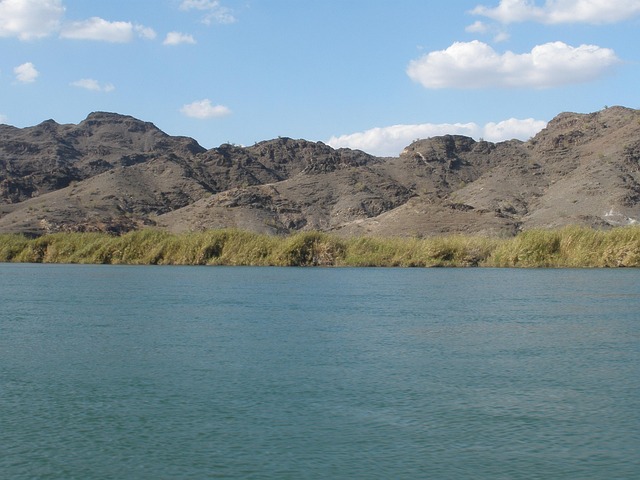
The historic crossing on the Colorado River has had a profound impact on the surrounding real estate landscape. As a significant cultural and geographical landmark, its preservation has become a top priority for both local communities and developers. The unique natural setting and rich history have attracted those seeking to invest in properties that offer a connection to the past, driving development while ensuring that the crossing’s historic value remains intact.
This delicate balance between development and preservation is crucial for maintaining the area’s appeal and economic viability. Developers are increasingly incorporating historical elements into modern designs, enhancing the real estate market with properties that blend contemporary comfort with the region’s storied heritage. Such efforts not only safeguard the crossing’s legacy but also create a thriving environment that attracts visitors and residents alike, fostering a deep appreciation for the area’s rich cultural tapestry.
Navigating Change: Future of the Crossing
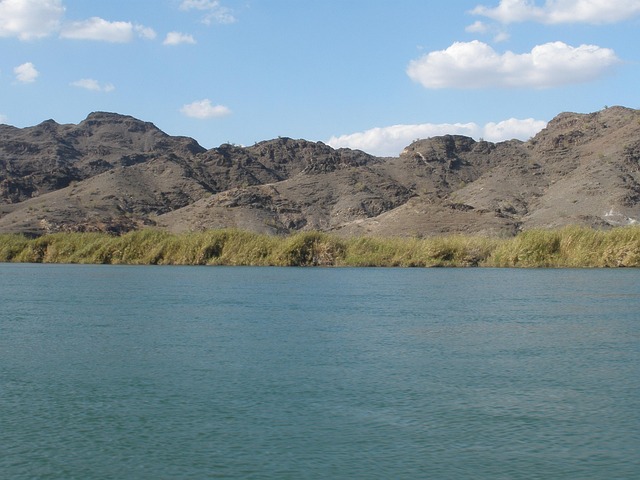
The historic crossing on the Colorado River has long been a crucial link for both transportation and real estate development in the region. As we look to the future, navigating change will be essential to ensure its longevity. With increasing water demands and urban growth, finding sustainable solutions is paramount. Innovations in infrastructure and conservation efforts can play a pivotal role in preserving this vital crossing while accommodating the region’s evolving needs.
By embracing new technologies and adaptive strategies, the future of this crossing can offer enhanced safety, improved accessibility, and efficient water management. These changes will not only benefit residents and businesses but also contribute to the overall resilience of the community, ensuring that this historic landmark continues to serve as a vibrant hub in the dynamic landscape of the Colorado River region.
